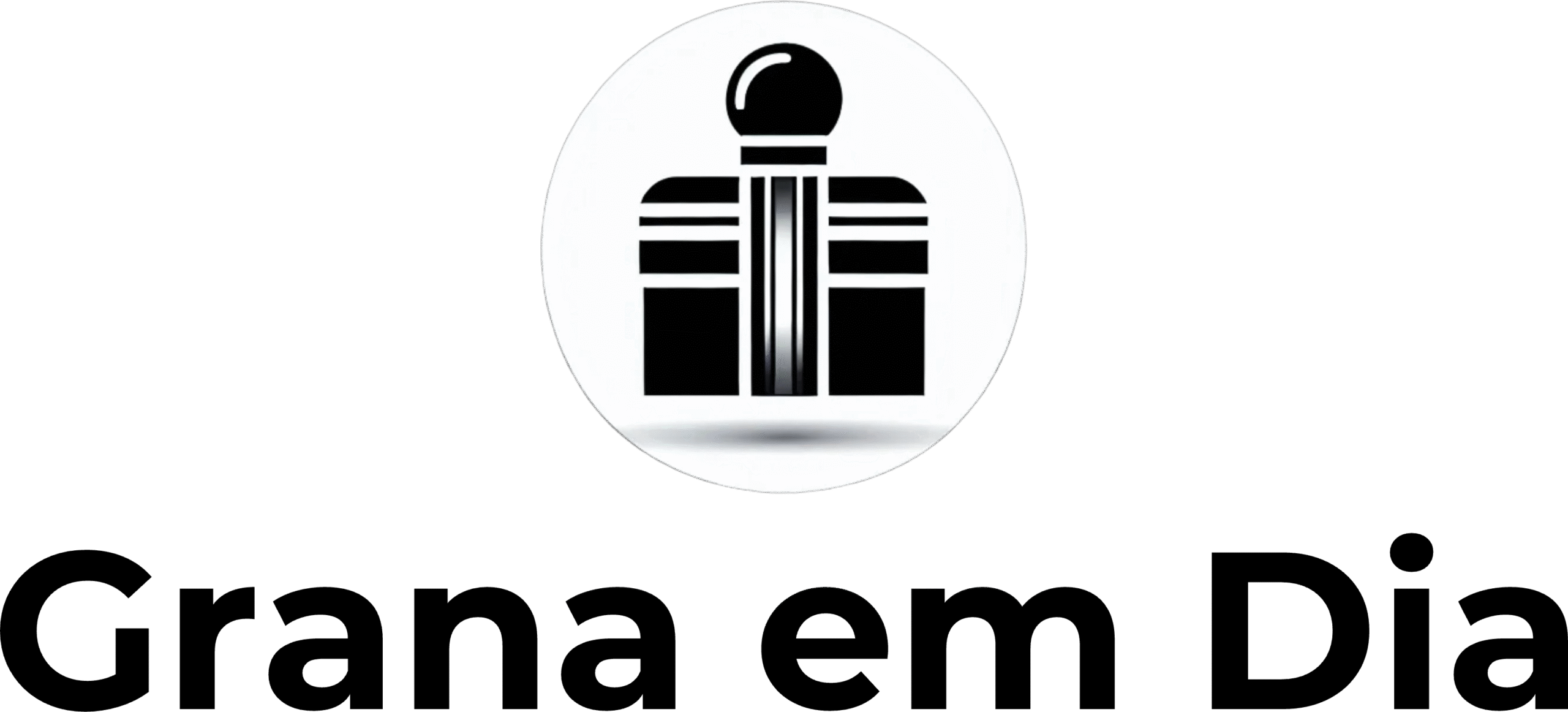Introduction
Operation Containment, carried out on October 28, 2025 in the Alemão and Penha Complexes, was not only the most lethal police action in Rio de Janeiro’s history – with 119 confirmed deaths. It was also the biggest financial blow ever dealt against Comando Vermelho (CV), the state’s largest criminal faction.
The arrest of Nicolas Fernandes Soares, financial operator for Edgar Alves de Andrade (“Doca”), and Thiago do Nascimento Mendes, “Belão do Quitungo,” right-hand man of the CV chief, represents a direct attack on the organization’s financial heart. But what is really the economic impact of this operation? How much money is at stake? This article analyzes the finances of Rio’s organized crime and the devastating effects of this mega-operation.
H2: Comando Vermelho’s Financial Empire
Economic Dimension of the Faction
According to a study by the Brazilian Public Security Forum from February 2025, factions like CV and PCC moved R$ 146.8 billion (29.4billion)in2022justfromfuel,gold,cigarettes,andbeverages−whilecocainetraffickinggenerated”only”R29.4 billion) in 2022 just from fuel, gold, cigarettes, and beverages – while cocaine trafficking generated “only” R 29.4billion)in2022justfromfuel,gold,cigarettes,andbeverages−whilecocainetraffickinggenerated”only”R 15 billion ($3 billion).
CV’s main revenue sources:
- Diverse illegal markets: R$ 146.8 billion ($29.4B) (2022)
- Drug trafficking: R$ 15 billion ($3B) (2022)
- Clandestine internet: R$ 8-12 billion estimated
- Illegal cooking gas: R$ 5-8 billion
- Alternative transport: R$ 3-6 billion
- “Security” fees: R$ 2-4 billion
Geographic Concentration of Power
The Penha and Alemão Complexes function as headquarters for CV’s leadership, concentrating operational, financial, and supply decisions. From there, orders affecting the entire national faction network are issued.
The power equation according to specialists:
- Who controls Penha, commands
- Who controls the West Zone, gets rich
H2: The “Brain” and “Vault” Under Attack
Nicolas Fernandes Soares – The Financial Operator
Nicolas Fernandes Soares is identified as financial operator for “Doca,” one of Comando Vermelho’s main chiefs. His arrest represents a devastating blow to the organization’s financial structure.
Financial operator functions:
- Money laundering: Transformation of illicit resources into legal ones
- Investment management: Application of faction profits
- Resource distribution: Payment of “salaries” and bribes
- Account control: Shell companies and offshores
- Criminal tax planning: Structured tax evasion
Estimated values under management: R$ 500 million to R$ 2 billion ($100M-$400M)
“Belão do Quitungo” – Operational Leadership
Thiago do Nascimento Mendes, “Belão,” is pointed out as CV’s financial operator in the Penha Complex and “Doca’s” right-hand man. His capture disorganizes the entire local command chain.
Belão’s responsibilities:
- Cargo theft coordination
- Local trafficking management (R$ 50-80 million/year estimated)
- Protection of fugitives from other states
- Weapons distribution
- Territorial control
H2: Immediate Impact on CV Finances
Direct Material Losses
Seizures during operation:
- 75 rifles (average value $10,000 each): $750,000
- 2 pistols: $3,000-4,000
- 9 motorcycles: $18,000-30,000
- Drones with explosives: $40,000-80,000 (estimate)
- Communication radios: $10,000-20,000
- Seized drugs: $1-3 million (estimate)
Total direct seizures: $1.82-3.88 million
Indirect Operational Losses
72-hour activity interruption:
- Drug trafficking: $400,000-800,000/day = $1.2-2.4M
- Clandestine internet: $100,000/day = $300K
- Illegal gas: $60,000/day = $180K
- Alternative transport: $40,000/day = $120K
- Security fees: $30,000/day = $90K
Total operational losses (3 days): $1.89-3.09 million
Reconstitution Cost
Investments needed for recovery:
- Rearmament: $1-1.6 million
- Recruitment of new soldiers: $200K-400K
- Drug stock replacement: $2-4 million
- Infrastructure reconstruction: $600K-1 million
- Emergency bribes: $400K-800K
Total for reconstitution: $4.2-7.8 million
H3: Total Short-Term Impact (30 days)
Consolidated losses:
- Direct seizures: $1.82-3.88 million
- Operational losses: $1.89-3.09 million
- Reconstitution cost: $4.2-7.8 million
- TOTAL: $7.91-14.77 million
H2: Medium and Long-Term Impact
Money Laundering Disruption
With the financial operator’s arrest, CV faces:
Asset freezing:
- Shell companies under investigation
- Blocked bank accounts
- Seized properties
- Confiscated vehicles
Estimated assets at risk: $40-100 million
Loss of Lucrative Territories
The West Zone (Campo Grande, Santa Cruz, Jacarepaguá) represents CV’s “profit frontier,” with illegal markets generating continuous cash. The operation threatens expansion in these areas.
Annual revenues from West Zone in dispute:
- Clandestine internet: $40-60 million
- Cooking gas: $30-50 million
- Alternative transport: $20-36 million
- Irregular real estate occupation: $16-24 million
- Total annual at risk: $106-170 million
National Network Weakening
32 targets from Pará were identified in the operation, evidencing interstate connection. The blow to Penha affects the entire national structure.
States with compromised CV operations:
- Pará: Cocaine route from Bolivia
- Amazonas: Base paste entry
- Acre: Border with Peru
- Northeast: Regional distribution
Estimated loss in national network: $10-20 million/month
Conclusion
Operation Containment was not only the most lethal in Rio de Janeiro’s history – it was also the most financially impactful for Comando Vermelho. With an estimated impact between $47 million and $67 million in six months, the operation struck the criminal organization’s economic heart.
The arrest of Nicolas Fernandes Soares (financial operator) and Thiago do Nascimento Mendes (Belão do Quitungo) represents a strategic blow that goes far beyond the 119 deaths and 113 arrests. It disrupts money laundering, compromises territorial expansion, weakens the national network, and exposes shell companies to investigations.
The numbers speak for themselves:
- Direct losses: $7.91-14.77 million (30 days)
- Assets at risk: $40-100 million
- Threatened annual revenues: $106-170 million
- Total impact (18 months): $60-100 million
For CV, recovery will take months. For Rio de Janeiro, it represents a historic opportunity to permanently weaken the largest criminal faction’s financial structure in the state. The true success of the operation will be measured not by combat deaths, but by the ability to maintain pressure on the organization’s finances in coming years.
The lesson is clear: fighting organized crime requires attacking the money, not just the weapons. And in this regard, Operation Containment may have inaugurated a new era in combating drug trafficking in Brazil.

